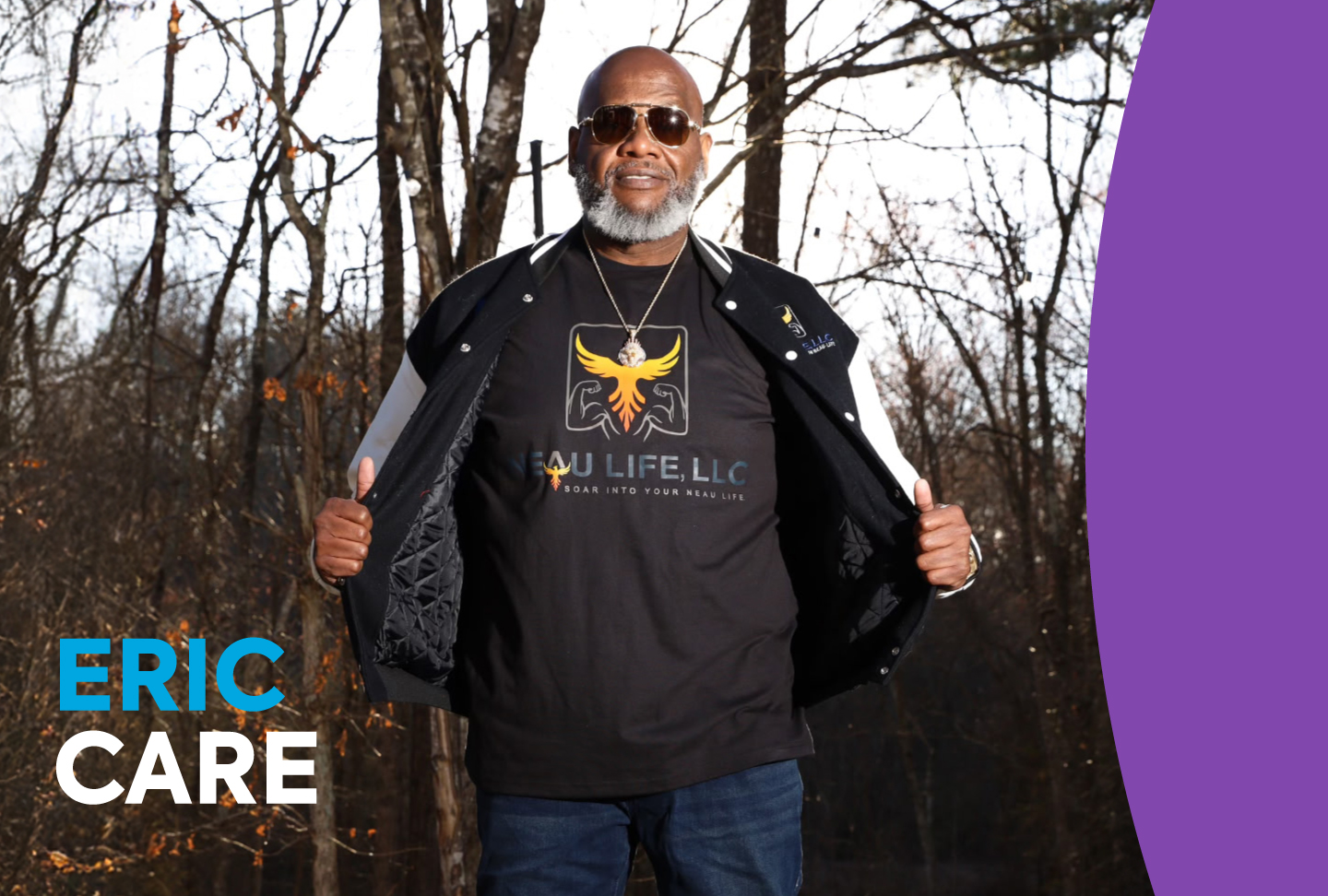Tom Golisano, founder of Paychex, and a leading healthcare philanthropist, announced today a historic $50 million investment in the Wellstar Children’s Hospital of Georgia (WCHOG), which is affiliated with Augusta University’s Medical College of Georgia. This transformative gift, the largest in Wellstar and WCHOG’s history, is part of his longstanding commitment to children’s hospitals across the country. In honor of his remarkable generosity, the hospital will be renamed the Wellstar Golisano Children’s Hospital of Georgia.
Along with this generous financial support, WCHOG will join the Golisano Children’s Alliance, a national consortium of twelve leading children’s hospitals. Joining the alliance opens opportunities for new partnerships, expanded innovation and sharing best practices to further advance children’s health and wellness. Each hospital in the alliance remains independently owned and operated by their respective health systems. WCHOG is the only member hospital in all of Georgia, South Carolina, Alabama, Tennessee, and North Carolina.
“We are deeply grateful to Mr. Golisano for his extraordinary gift to improve the health and well-being of children in Georgia and across the country. We are honored to be among the handful of hospitals nationwide that have earned his transformative support,” said Ketul J. Patel, president and CEO of Wellstar Health System. “Thanks to the power of philanthropy, we can expand the lasting impact of compassionate, innovative care to more children and families across Georgia and far beyond, today and for generations to come.”
“Children’s hospitals are essential to the health and future of our communities, and each one serves families with unique needs and challenges,” said Tom Golisano. “The team at Wellstar Children’s Hospital of Georgia has a deep commitment to advancing pediatric care, expanding access, and investing in innovation. I’m proud to support their work and to welcome them into the Golisano Children’s Alliance as we continue building a collaborative network focused on improving outcomes for children nationwide.”
The Wellstar Golisano Children’s Hospital of Georgia serves as Wellstar’s cornerstone for pediatric excellence, delivering advanced surgical specialties, intensive care units (NICU and PICU) and nationally recognized outcomes for high-acuity cases. This donation strengthens Wellstar’s position as a national leader in pediatric care, starting with the creation of a new, state-of-the-art Pediatric Cardiac intensive care unit.
There are 11 other hospitals in the Golisano Children’s Alliance, including new recipient Arkansas Children’s in Little Rock, Arkansas. Children’s hospitals that previously received donations and joined the Golisano Children’s Alliance include the Golisano Children’s Hospital of Buffalo (NY), the Golisano Children’s Hospital in Fort Myers, Fla., Penn State Health Children’s Hospital in Hershey, Pa., the University of Kentucky Children’s Hospital in Lexington, Ky., and the University of Maryland Children’s Hospital in Baltimore, Md.
About Wellstar Health System
Wellstar personalizes the patient experience. We call it PeopleCare and it's only possible thanks to our 34,000 team members who provide expert compassionate care for every stage of life. PeopleCare also means we serve our communities as a non-profit health system, providing more than $1 billion annually in charity care and community programs, and operating the largest integrated trauma network in the State of Georgia. We embrace innovation and technology, nurture early-stage companies through our venture firm Catalyst by Wellstar, and train future generations of caregivers with academic institutions including Augusta University’s Medical College of Georgia. Wellstar honors every voice and is one of the Fortune 100 Best Companies to Work For. To learn more, visit Wellstar.org.
About the Wellstar Foundation
Through corporate and community partnership, the Wellstar Foundation fuels innovation and action to address the vital needs of diverse communities in Georgia. As the philanthropic arm to Wellstar Health System, the Foundation is transforming healthcare by enhancing health equity, innovation and technology, behavioral health and workforce development. Every dollar donated funds the mission and initiatives addressing the most pressing healthcare needs in Georgia. To learn more, visit wellstar.org/foundation or call 770-956-GIVE (4483).
About Tom Golisano and The Golisano Foundation
Tom Golisano, — entrepreneur, philanthropist, and civic leader — is the founder of Paychex, Inc., the nation’s largest human resource company for small to medium-sized businesses. Mr. Golisano’s vision, perseverance, and action have left an indelible mark on a broad spectrum of issues that touch our lives in business, healthcare, education, animal welfare, voter policies, politics, and tax reform. His investments are advancing entrepreneurship and driving the success of numerous businesses and start-ups. His philanthropic contributions to education, hospitals - including multiple children’s hospitals across the country that bear his name and numerous other organizations exceed $1 billion.
A fierce advocate for dignity and inclusion, in 1985 Tom Golisano applied his pioneering spirit to establish the Golisano Foundation to make the world a better place for people with intellectual and developmental disabilities. With more than $120 million in gross assets, it is one of the largest private foundations in the U.S. devoted to supporting programs for people with intellectual and developmental disabilities awarding grants to non-profit organizations in Western New York and Southwest Florida.
In 2025, Mr. Golisano launched the Golisano Children’s Alliance, a national initiative that provides strategic funding and brings together children’s hospitals across the United States to elevate pediatric care by expanding services, strengthening collaboration, and ensuring that children and families have access to the highest quality medical attention close to home. Together, Alliance members are building a nationally recognized network that exemplifies excellence, dignity, and innovation in pediatric health care.
About Augusta University and the Medical College of Georgia
Located in the historic city of Augusta and across regional campuses throughout the state, Augusta University is Georgia’s designated health sciences and medical research university. Through an innovative partnership with Wellstar Health System, Augusta University is home to Georgia’s only public academic medical center, expanding the university’s reach and impact in clinical care, medical education, and research.
With 11 colleges and schools, AU offers a comprehensive academic enterprise anchored by the state’s first medical school—established in 1828—and one of the nation’s largest by class size, the Medical College of Georgia. The university is also home to Georgia’s only dental school, the Dental College of Georgia, as well as the Georgia Cyber Innovation and Training Center, a national hub for cybersecurity education, training, and innovation.




